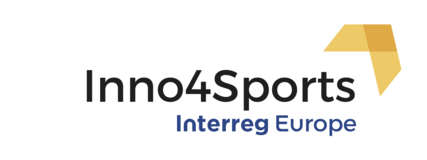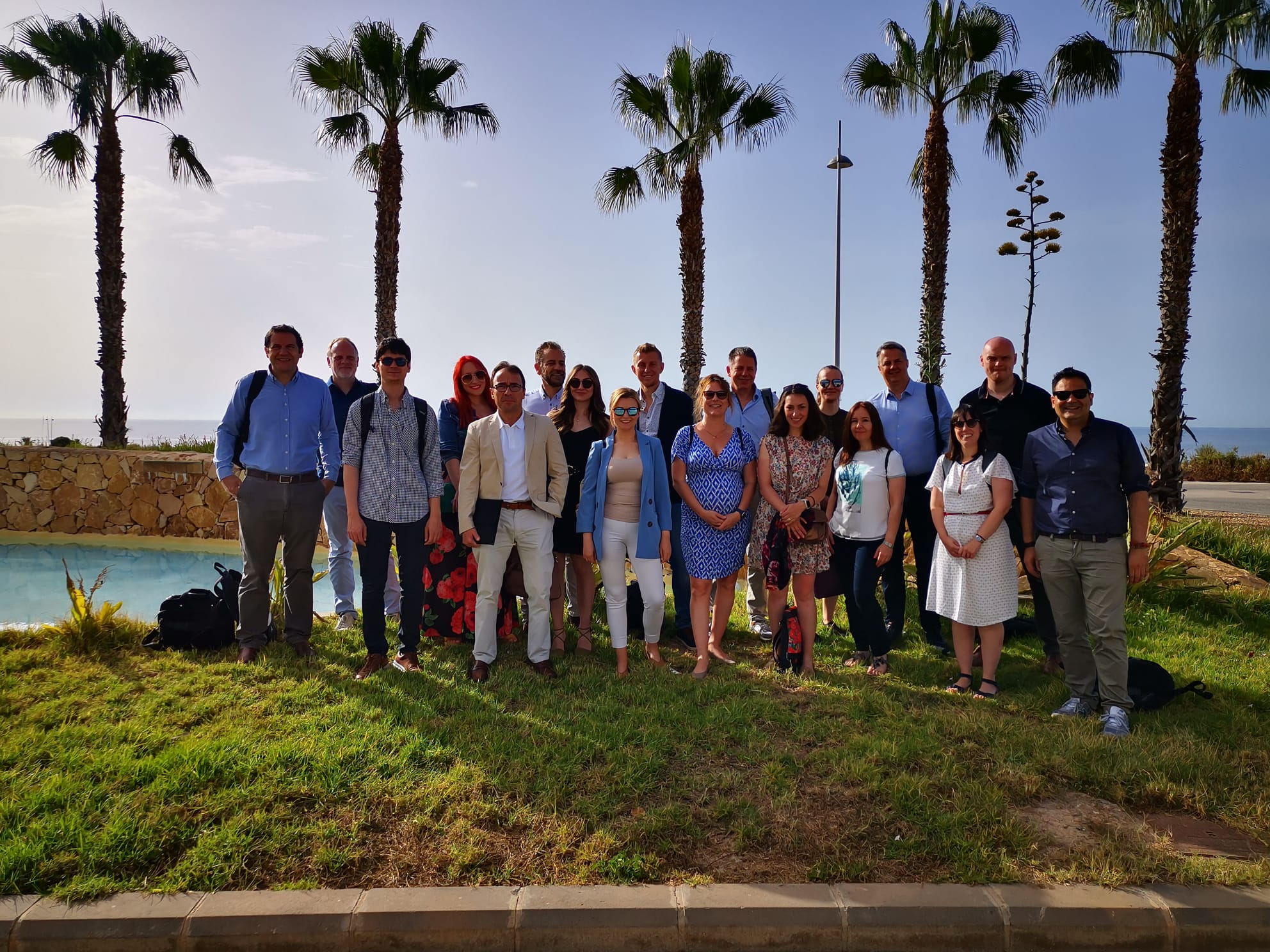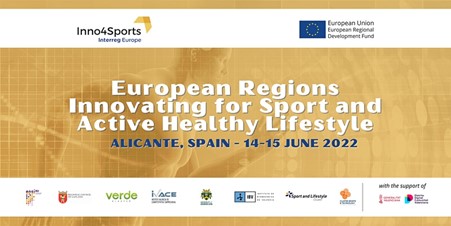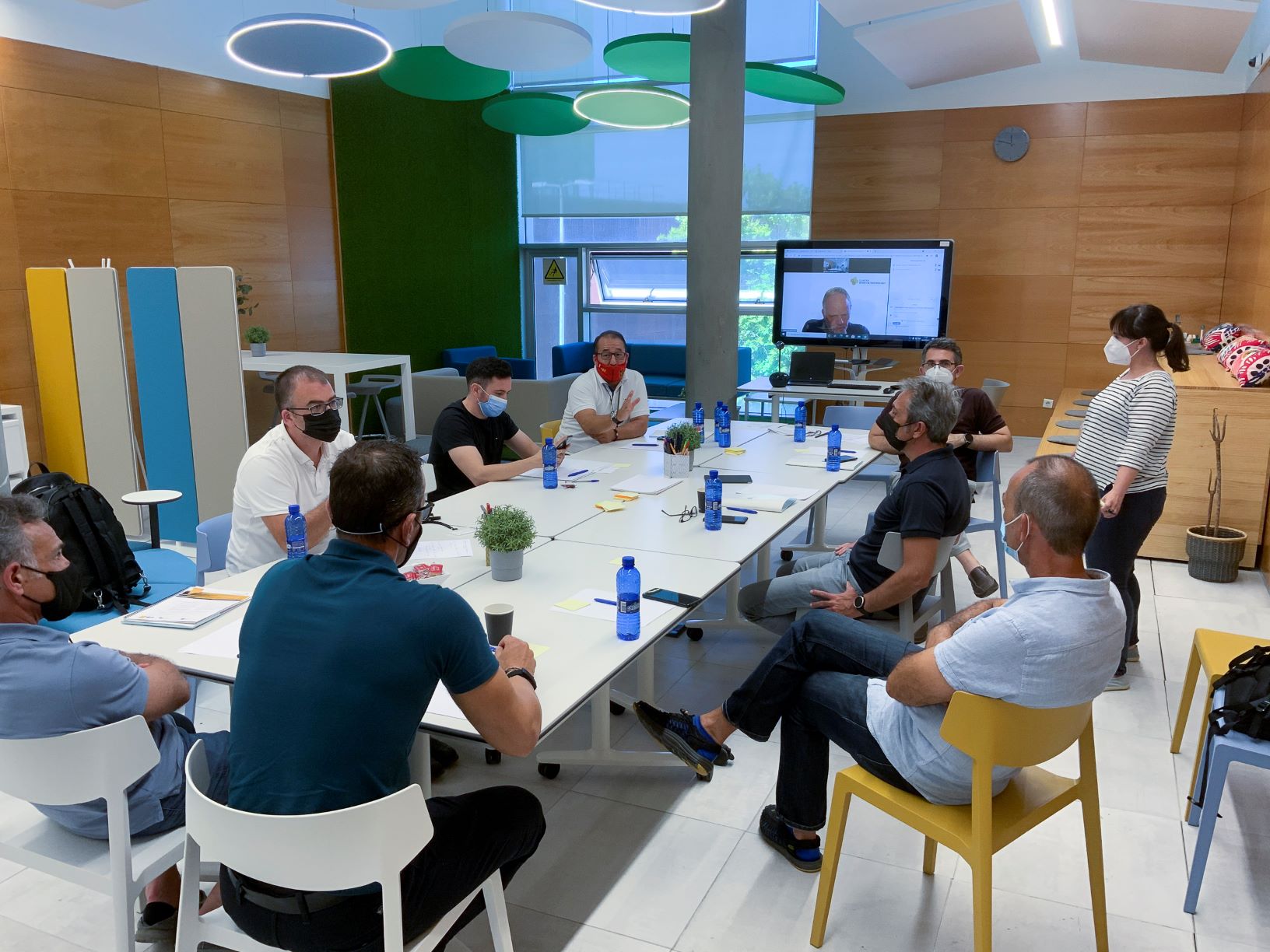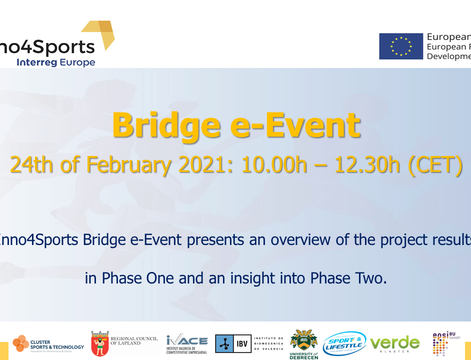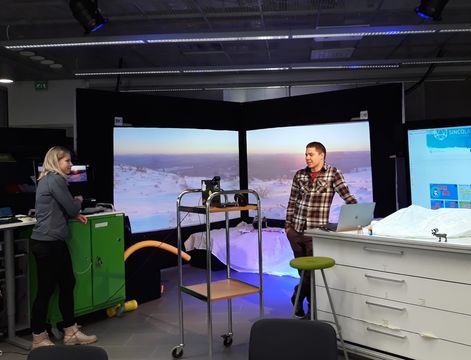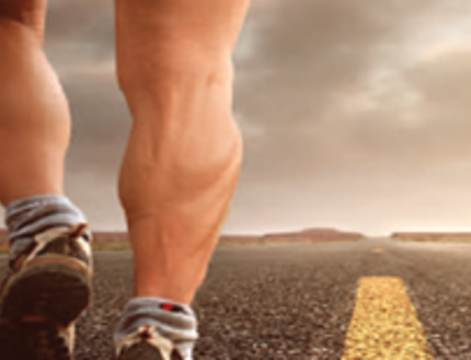Salvador Llana - Dean of the Faculty of Physical Activity and Sports Sciences (FECAFE) of the Universitat de València (UV). Professor at the university since 2006, he trained in the field of biomechanics applied to sport at the Institute of Biomechanics in Valencia, he has published the results of his researches in prestigious magazines whilst also being an author or co-author of several books/book chapters mainly in the area of biomechanics and swimming.
Sport and physical activity can deliver outcomes that may define the wellbeing of a society: physical and mental wellbeing, as well as individual, socio-economic and community development are some of the factors to consider to get an healthier society. With 200 students yearly, the Degree in Physical Activity and Sports Sciences at FCAFE - UV aims to train professionals in the sports, physical recreation and health sectors. Its competences are oriented to training those students who want to work in fields of sports as services companies, sport management, physical activities in nature, school sports, sports training and physical preparation, programs of physical maintenance and health, with people with disabilities or motor rehabilitation of people with injuries. Trained professional are essentials for better sport policies in the future, that is why FCAFE offers also PhDs and Masters in the realms of physical-sport activity.
1.- From your long experience in teaching sports science, what are the main lines of technological innovation that can change the future of these teachings and sports?
Technology has transformed the way physical-sports activity is practiced. For example, when I was training in the 1980s, the first heart rate monitors began to appear on the market, they were expensive, bulky, complicated to connect and with little autonomy. Today even children wear wristbands activity that measures a lot of variables, in addition to the pulse. Something similar has happened with physiological variables that require blood collection, decades ago blood lactate analysis required an heavy briefcase with different liquids and membranes, today analyzers are smaller than a mobile phone, they use a microdroplet of blood and gives you the result in 30”.
Miniaturization, ease of transmission and interpretation have been key in this boom. It will undoubtedly continue to be one of the main routes of change, which can be grouped into so-called wereables: small sensors (pulse, temperature, acceleration, inclination...) that do not interfere with activity and that transmit to a receiver (watch, mobile, pc) with software that is easy to use / interpret by the user. If we add to that the use of screens and virtual reality glasses, I think we have a wide range of where developments are and will continue to be directed.
2.- How do you think an institution like FCAFE can contribute to innovation in sport?
It is certainly complicated that we can design wearables because our training does not go that way, but we can contribute in various ways. Our cooperation must be understood from a multidisciplinary point of view, so we can detect the needs of each physical-sports activity, propose how the wearable should be so that it does not interfere with the activity, define what variables the users / athletes really demand and finally validate the instrument.
3.- You have a proven and extensive experience in sports in Valencia, in your opinion, what strengths and opportunities does Valencia have to become a leading region in sports innovation?
Our strengths come from having consolidated work groups in different fields and research centers with a long experience in R&D&I (i.e IBV and FCAFE), business groups that are strongly committed to sports (i.e. Trinidad Alfonso Foundation), consolidated sports clubs that are giving way to apply research (i.e Valencia Basketball) and an ideal climate for all kinds of outdoor activities, the sea and also a lot of tourism. If we achieve good coordination between all of them, I think we have a bright future ahead of us.
4.- What measures, instruments/policies could the different administrations deploy to exploit that potential?
Fundamentally, that they establish R+D+I plans with adequate budgets to promote this type of research/development and that they act as necessary mediators so that all the actors that are mentioned in the previous question can create networks so to generate synergies .
5.- Finally, thinking about cooperation with other European regions, what possibilities do you find most interesting to promote transregional projects?
A first impression, and linking with the third question, probably being a region with such a favorable climate for all kinds of outdoor activities along with its amount of tourism, are two tricks that we should highlight in Europe. Crossing physical-sports activity with technology in these areas could make us especially attractive when creating networks with universities/research centers at a European level.
